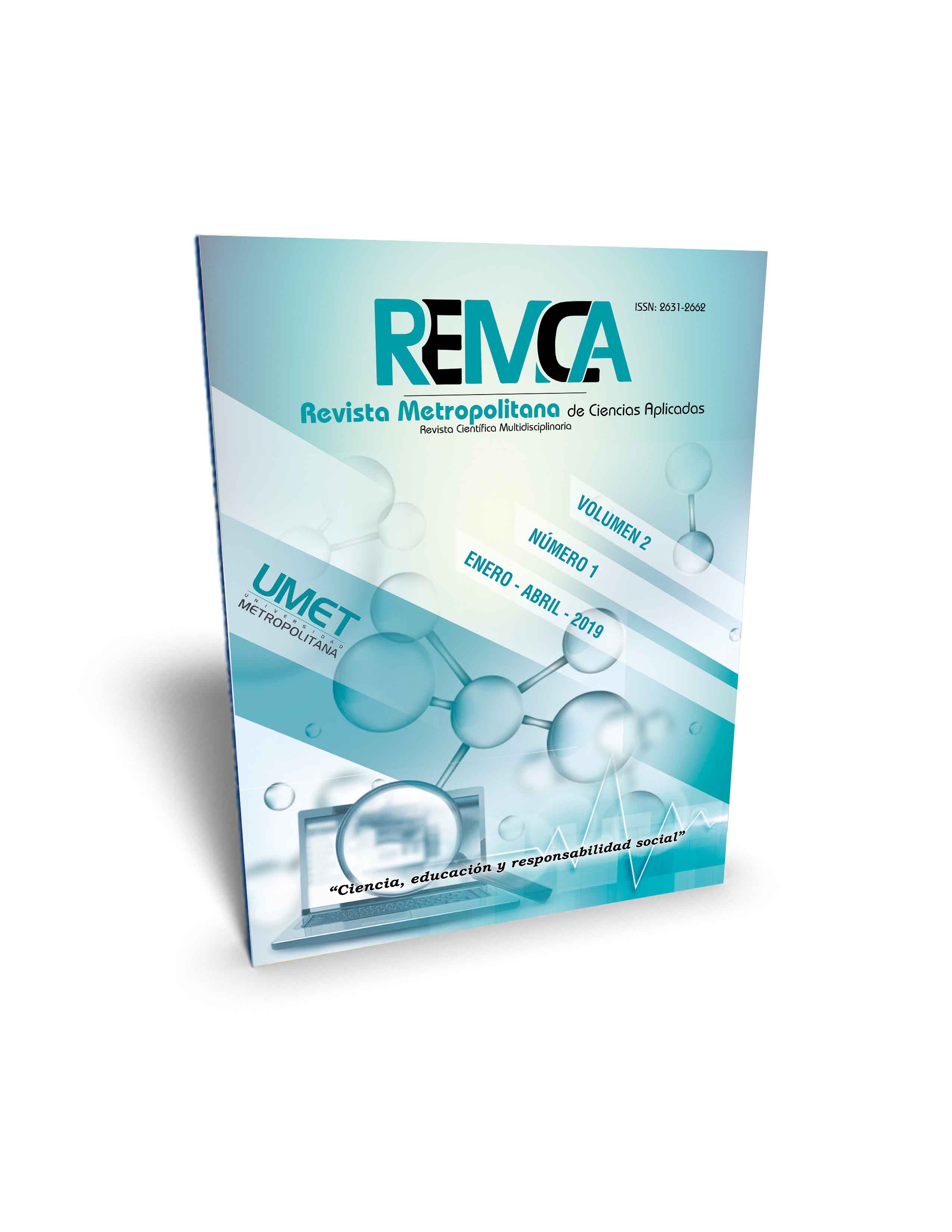Diversity and inclusive education in universities: change stigmas and order concepts
DOI:
https://doi.org/10.62452/h6natk60Keywords:
Diversity, Educational Needs, Special educational needs, inclusive educationAbstract
Attention to diversity in educational institutions leads to institutions where it is understood that they reveal social differences, where there are no inequalities or privileges in the education of students, where inclusive education is reflected from the attention to the educational needs and within them to the special educational needs. Universities, as maximum exponents of the scope of a professional level, need to transform their educational practices in such a way that offers each one the most profitable to advance their personal and professional growth from who they are, where they belong and from a context inclusive university The study presented offers theoretical and practical elements about diversity and the development of an inclusive university, based on the need for changes in stigmas and the ordering and clear interpretation of certain concepts, from one's own experience and research in the theme by the authors.
Downloads
References
Ainscow, M., & Booth, T. ( 2006). A improving schools, developing inclusion. Londres: Routledge.
Blanco, R. (2014). Inclusión educativa en América Latina: caminos recorridos y por recorrer. En, R. B. Álvaro Marchesi, Educación inclusiva, Metas Educativas 2021. Avances y desafíos de la educación inclusiva en Iberoamérica. (págs. 15-40). Madrid: Fundación MAPFRE.
Delors, J. (1999). Informe a la UNESCO de la Comisión Internacional sobre la Educación para el Siglo XXI. Compendio. La educación encierra un tesoro (pág. 31). Paris: UNESCO.
Duk, C., & Loren, C. (2010). Flexibilización curricular para atender la diversidad. R. evista Latinoamericana de Educación Inclusiva, 4(1), 187-216. Recuperado de https://educrea.cl/wp-content/uploads/2016/07/DOC1-Flex-curriculum.pdf?x18843
Guajardo Ramos, E. (2010). La desprofesionalización docente en Educación Especial. Revista Latinoamericana de Educación Inclusiva, 4(1), 105-126. Recuperado de https://www.oei.es/historico/noticias/spip.php?article6983&debut_5ultimasOEI=30
Organización de Naciones Unidas. (2016). Agenda 2030 y los Objetivos de Desarrollo Sostenible Una oportunidad para América Latina y el Caribe., (págs. 15-16). Santiago de Chile: CEPAL.
Organización de Naciones Unidas para la Educación, la Ciencia y la Cultura. (1994 ). Declaración de Salamanca. Educación para todos. Salamanca: UNESCO.
Organización de Naciones Unidas para la Educación, la Ciencia y la Cultura.. (1997). La integración es un derecho, no un privilegio. Declaración en el Día Mundial de la Discapacidad. Paris: UNESCO.
Parrillas Latas, Á. (1999). Más allá del conocimiento intelectual sobre la diversidad. Revista de Currículum y Formación del Profesorado, 3(2), 2-16. Recuperado de http//www.ugr.es/~recefpro/rev32ART2.pdf
Real Academia Española. (2018). Diccionario de la Real Acaemia Española. Madrid: RAE.
Rode, A. D. (2016). La educacIón Inclusiva: responsabilidades de universidades y normales. DF. México: Comisión de Derechos Humanos del Distrito Federal.
Rodríguez, E. M. (2004 ). Trastornos del aprendizaje. Estilos de aprendizaje y el diagnóstico psicopedagógico. 1-33 Recuperado de http://www.sld.cu/galerias/pdf/sitios/rehabilitacion-equino/trastornos_del_aprendizaje_y_estilos_de_aprendizaje_1.pdf
Downloads
Published
Issue
Section
License
Copyright (c) 2019 José Luis Gil Álvarez, Mabel Morales Cruz (Autor/a)

This work is licensed under a Creative Commons Attribution-NonCommercial-ShareAlike 4.0 International License.
Authors who publish in Revista Metropolitana de Ciencias Aplicadas (REMCA), agree to the following terms:
1. Copyright
Authors retain unrestricted copyright to their work. Authors grant the journal the right of first publication. To this end, they assign the journal non-exclusive exploitation rights (reproduction, distribution, public communication, and transformation). Authors may enter into additional agreements for the non-exclusive distribution of the version of the work published in the journal, provided that acknowledgment of its initial publication in this journal is given.
© The authors.
2. License
The articles are published in the journal under the Creative Commons Attribution-NonCommercial-ShareAlike 4.0 International License (CC BY-NC-SA 4.0). The terms can be found at: https://creativecommons.org/licenses/by-nc-sa/4.0/deed.en
This license allows:
- Sharing: Copying and redistributing the material in any medium or format.
- Adapting: Remixing, transforming, and building upon the material.
Under the following terms:
- Attribution: You must give appropriate credit, provide a link to the license, and indicate if any changes were made. You may do this in any reasonable manner, but not in any way that suggests the licensor endorses or sponsors your use.
- NonCommercial: You may not use the material for commercial purposes.
- ShareAlike: If you remix, transform, or build upon the material, you must distribute your creation under the same license as the original work.
There are no additional restrictions. You may not apply legal terms or technological measures that legally restrict others from doing anything the license permits.




